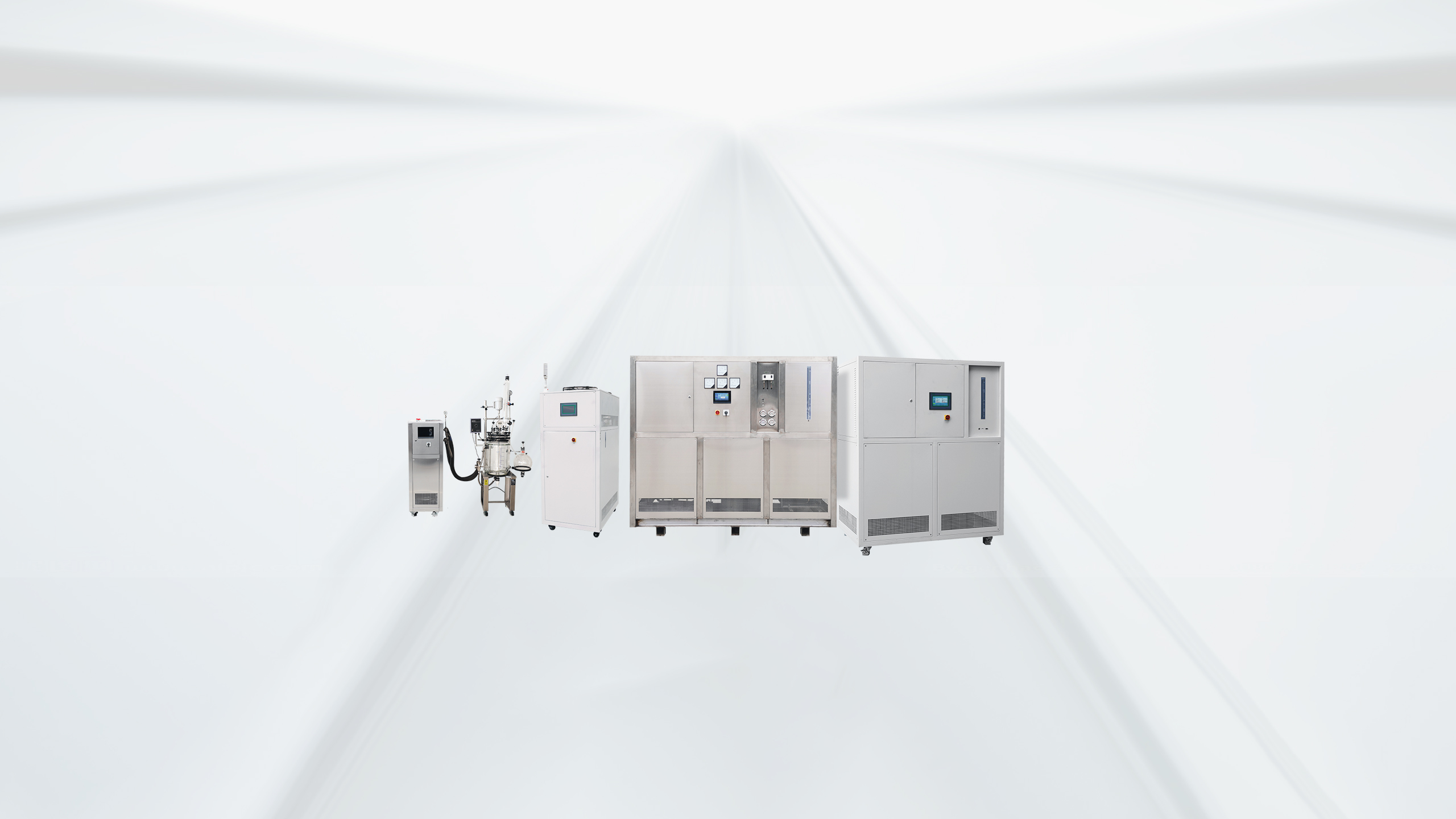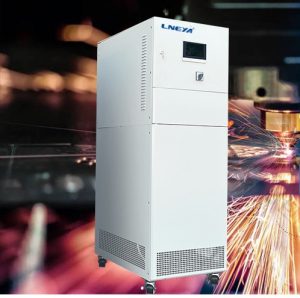Configuration form of circulating heating unit for laboratory
The standard model of the circulating heating unit for LNEYA laboratory is: SUNDI, the temperature range is from room temperature to minus 120 degrees Celsius, and the capacity can be divided into 5L, 10L, 20L, 30L, 40L, 50L, 80L, 100L, larger capacity equipment needs to be provided by the user Parameter requirements and experimental programs, customers can customize according to this information.

Basic configuration of circulating heating unit for laboratory:
1. Closed circulation system: Circulation devices with closed loops such as cooling coils and insulating sleeves.
2. Water-cooled chiller: The size of the chiller is adjusted according to the capacity of the equipment itself. Fans cannot be used to dissipate heat, which has little impact on the environment. It is suitable for use in dust-free laboratories without air conditioning and ventilation equipment. The refrigeration system has a delay. The components of heating, over-current protection and other devices are all imported products to ensure the quality and service life of the equipment.
3. High-pressure pump: The piping is longer, generally 1-3 meters (adjusted according to the actual situation), which can carry out long-distance cyclic transportation smoothly.
4. Shell and inner liner: stamped and welded with high-density corrosion-resistant materials. The interior can be filled with solutions such as tap water and ethanol, and the key parts are made of stainless steel (SUS304).
5. Circulating medium: silicone oil, water, ethanol, absolute ethanol, etc.
6. Computer control: The entire system provides microcomputer control, including host and software (genuine/cracked version), capable of high-precision control, and superior overall performance. All operations can be operated by buttons on the computer or touch screen, which is simple and intuitive. The PID system eliminates external factors that affect temperature regulation and reduces equipment errors.
We analyze the principles and methods of circulating heating unit cooling in the laboratory. The circulating heat transfer medium is different. Generally, direct cooling is generally used, while the circulating heating unit in laboratory mostly adopts indirect cooling. A plate heat exchanger or oil cooler is installed inside, and the heat medium and cooling water source in the system exchange heat in the heat exchanger to reduce the temperature of the medium.
The temperature of the circulating heating unit used in the laboratory cannot be lowered. Generally, we conduct inspection and maintenance from the following aspects:
1. The cooling solenoid valve is damaged: it is necessary to check whether the solenoid valve coil can work normally, if it is damaged, it needs to be replaced; the panel does not output a cooling signal, carefully check the circuit or use the component replacement method to check.
2. Circuit failure circuit: Check the circuit part of the system, the cooling water inlet or outlet pipeline is blocked: check whether the valve in the cooling water pipeline is fully opened, and ensure that the flow and pressure of the cooling water are sufficient, and the heating contactor is stuck, Always heating: observe the pull-in state of the contactor, and worsen damaged electrical parts.
If the temperature of the circulating heating unit in the laboratory cannot be lowered, in addition to troubleshooting the above-mentioned possible causes of failure, we also need to check whether the cooling plate is replaced or the cooling exchanger is blocked.
The advantage of using indirect cooling is that it has high temperature control accuracy and strong adaptability. It can be applied to the temperature control of the circulating heating unit in the laboratory. Since the heat transfer medium is cooled first, the cooling impact on the temperature control equipment is relatively small. Of course, the disadvantage is that the cooling rate is relatively slow, and the price is more expensive than direct cooling.
관련 권장 사항
-
The importance of temperature cycle control heating and cooling in the production of API
1372China has become the world's largest supply market for APIs. Most of the APIs and intermediates required by foreign manufacturers are purchased in my country. The drug outsourcing process of most of its preparation products, the production process...
세부 정보 보기 -
올바른 냉온 서큘레이터를 선택하는 방법은 무엇인가요?
1096냉온 순환기는 제약 및 화학 산업에서 널리 사용되어 사용자에게 냉온 제어, 균일한 온도 및 일정한 온도를 제공합니다. 또한 원자로, 원자로 등을 직접 장착하여 ...
세부 정보 보기 -
제약 산업에서 열 오일 가열 시스템의 용도
840제약 산업에서 가열 온도 요구 사항은 제약 공정과 제품 준비 단계마다 온도 요구 사항이 다르기 때문에 매우 다양합니다. 다음은 가열 온도 중 일부입니다.
세부 정보 보기 -
저온 사이클 장비 작동의 중요성 설명
1112저온 사이클 장비의 사용은 표준 작동과 분리할 수 없습니다. LNEYA 저온 사이클 장비는 해당 사용 설명서와 함께 배송되며 사용자는 사용시 미리 알 수 있습니다. 저온 ...
세부 정보 보기
 LNEYA 산업용 냉각기 제조업체 공급 업체
LNEYA 산업용 냉각기 제조업체 공급 업체














